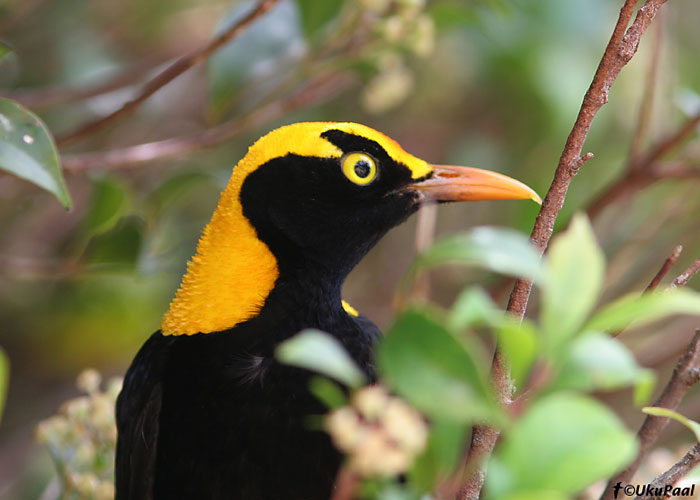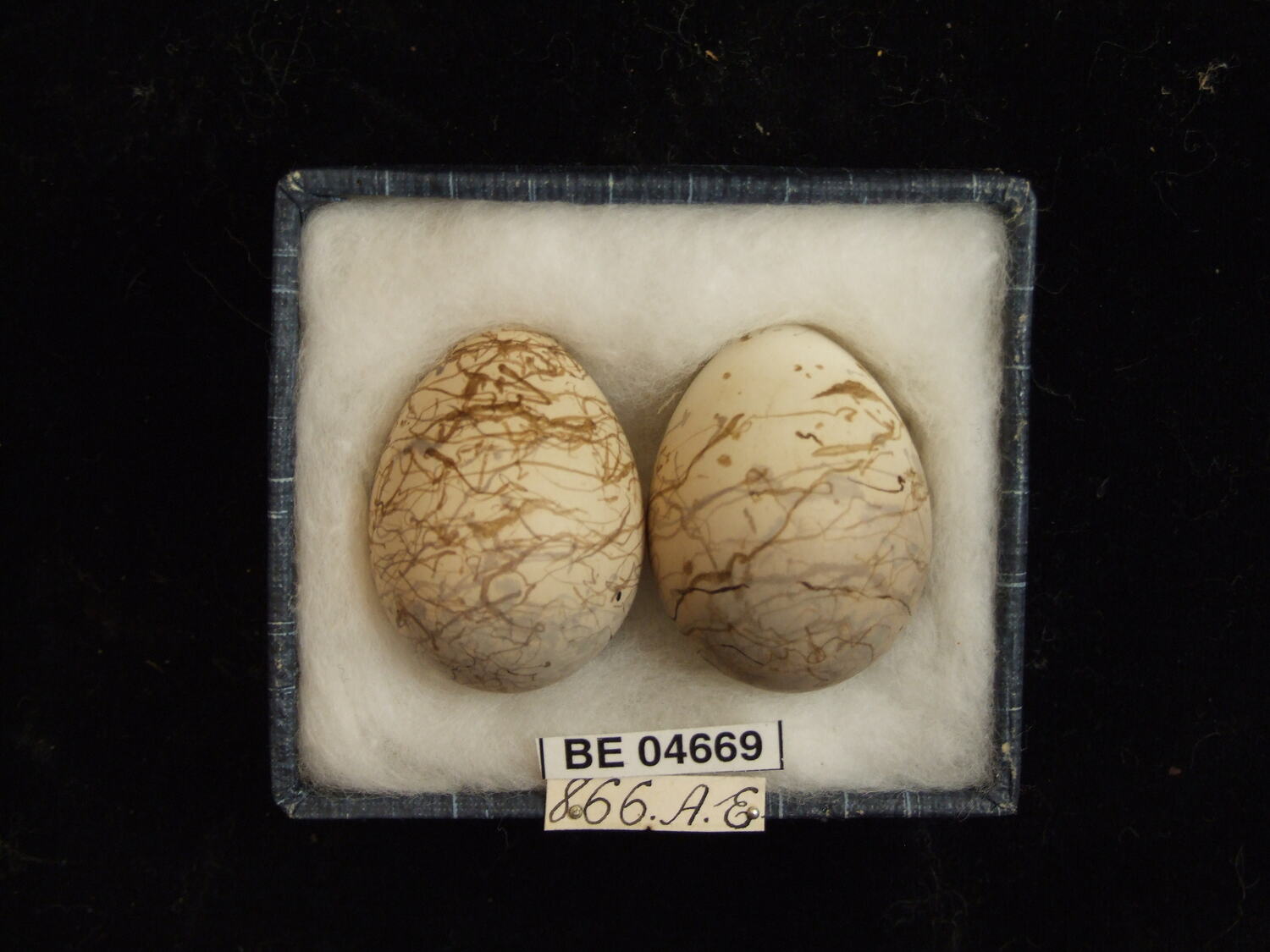The Regent Bowerbird: A Jewel Of South Queensland
Share
The Regent Bowerbird, scientifically known as Sericulus chrysocephalus, is a striking avian species belonging to the family Ptilonorhynchidae. This bird is renowned for its vibrant plumage and unique courtship behaviors, making it a fascinating subject for birdwatchers and nature enthusiasts alike. In this article, we will explore the taxonomy, physical characteristics, habitat, diet, behavior, reproduction, and conservation status of the Regent Bowerbird, particularly focusing on its subspecies rothschildi found in South Queensland.

Taxonomy
The Regent Bowerbird is classified under the order Passeriformes and the suborder Oscines. Its family, Ptilonorhynchidae, is known for its bower-building species, which are unique among birds. The species Sericulus chrysocephalus was first described by Mathews in 1912, with the subspecies rothschildi specifically identified in the Blackall Range of South Queensland. The genus name Ptilonorhynchus was established by Kuhl in 1820, highlighting the bird's distinctive characteristics.
Physical Characteristics
The Regent Bowerbird is easily recognizable due to its striking appearance. Males exhibit a brilliant yellow and black plumage, with a glossy black head and bright yellow underparts. The females, on the other hand, are more subdued in color, featuring a brownish-yellow hue that provides excellent camouflage in their natural habitat. Both sexes possess a long, slender body and a sharp, pointed beak, which is adapted for foraging.

Habitat
This species primarily inhabits the subtropical rainforests and woodlands of South Queensland, particularly in the Blackall Range and Bunya Mountains. The dense foliage and rich biodiversity of these areas provide an ideal environment for the Regent Bowerbird, allowing it to thrive. The bird prefers areas with abundant fruiting trees, which are essential for its diet.

Diet
The diet of the Regent Bowerbird consists mainly of fruits, berries, and insects. They are particularly fond of figs and other fleshy fruits, which are abundant in their rainforest habitat. The bird's foraging behavior involves searching through foliage and using its sharp beak to extract food from hard-to-reach places. This diet not only sustains the bird but also plays a crucial role in seed dispersal, contributing to the health of their ecosystem.

Behavior
One of the most captivating aspects of the Regent Bowerbird is its elaborate courtship display. Males construct intricate structures known as bowers, which are decorated with various objects such as flowers, leaves, and even man-made items like bottle caps and plastic. These bowers serve as a stage for the male to attract females, showcasing his vibrant plumage and performing intricate dances. The quality of the bower and the male's display significantly influence female choice during mating.

Reproduction
The breeding season for the Regent Bowerbird typically occurs from August to January. After a successful courtship, the female lays a clutch of two to three eggs in a concealed nest, usually located in dense foliage. The female is solely responsible for incubating the eggs and caring for the chicks once they hatch. The young birds fledge after about three weeks, but they continue to rely on their mother for food and protection for some time.
Conservation Status
Currently, the Regent Bowerbird is classified as a species of least concern by the International Union for Conservation of Nature (IUCN). However, habitat loss due to deforestation and land development poses a potential threat to their populations. Conservation efforts aimed at preserving their natural habitats are essential to ensure the survival of this stunning bird.
Birdwatching Tips
For birdwatchers eager to observe the Regent Bowerbird in its natural habitat, the Blackall Range and Bunya Mountains in South Queensland are prime locations. Early morning or late afternoon are the best times to spot these birds, as they are most active during these hours. Listening for their distinctive calls and looking for their vibrant colors among the foliage can enhance the birdwatching experience.
The Regent Bowerbird, with its dazzling appearance and fascinating behaviors, is a true gem of South Queensland's avian community. Its role in the ecosystem as a seed disperser and its unique courtship rituals make it a remarkable species worthy of admiration and protection. Observing this bird in the wild is not just a visual delight but also a reminder of the intricate connections within nature that sustain life.